Menu
The ASEAN Centre for Energy (ACE) brought the ASEAN Member States (AMS) representatives to join the Workshop and Study Visit on Investment Pathways for Low-Carbon Energy (INSPACE) in Beijing, China, 1-3 July 2025. In collaboration with the Energy Foundation China (EFC) and the Center for International Knowledge on Development (CIKD), ACE officials and AMS’ representatives participated in three-day activities to enhance capacity and exchange insights on low-carbon energy investment and technologies. The activity supports ASEAN’s ambition towards energy transition, which requires strategic financing.
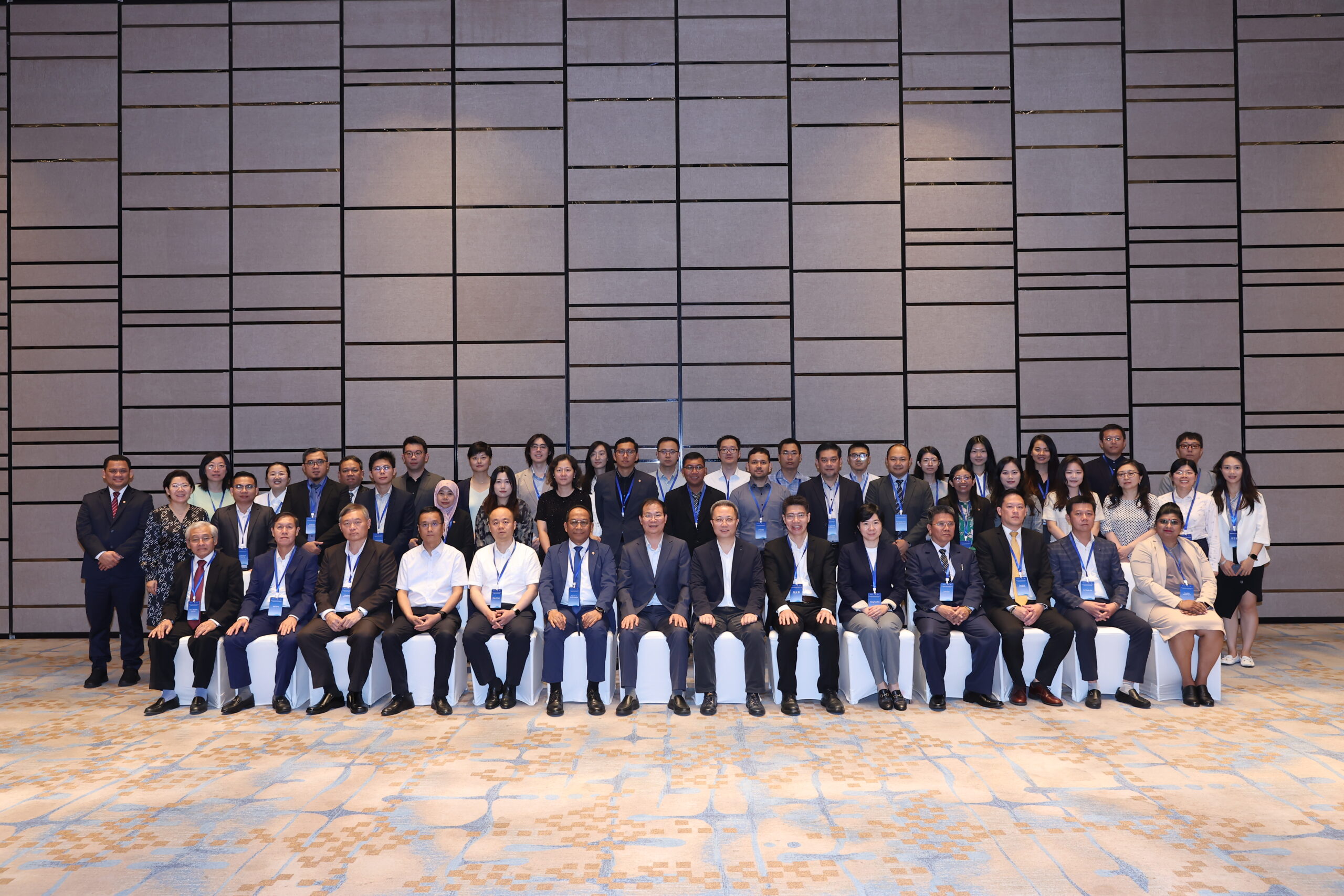
Photo 1. Group Photo of Workshop on Investment Pathways for Low-Carbon Energy (INSPACE)
The first day of the activity is dedicated to discussing the main topics on low-carbon energy and energy financing through a workshop. It was officially opened with the remarks from Dr. Wang Jinzhao, Executive Vice President of CIKD, who raised the importance of clean energy cooperation between China and ASEAN countries, and hoped this journey would serve as a new starting point for driving concrete and practical actions. Prof. Zou Ji, CEO & President of EFC, reaffirmed the previous message while highlighting the opportunities for ASEAN-China in low-carbon development cooperation, particularly to achieve goals in development, economic growth, and emission reduction. It was continued by Dr. Liu Qiang, Director of Climate & Deputy Chief Representative China from Children’s Investment Fund Foundation (CIFF). In his remarks, he highlighted the importance of a just transition to tackle climate change for the benefit of current and future generations. Finally, Dato’ Ir. Ts. Razib Dawood, Executive Director of ACE, emphasised the importance of scaling up investment to support energy transition through cooperation and knowledge exchange.
Divided into three main sessions, the workshop started with Session I: Low-Carbon Energy Interconnection, which explores the current renewable energy (RE) policy and technology in supporting regional power system integration. Dr. Zhou Taidong, Vice President of CIKD and Associate Research Fellow, moderated the session, which featured a presentation from four AMS and two representatives of research institutes in China. The AMS representatives—Dr. As Natio Lasman, Member of the National Energy Council (Indonesia); Vilaphorn Visounnarath, Managing Director of Nam Ngum 3 Power (Lao PDR); Sawapop Takapong, Chief of the Generation System Development Planning Department of EGAT (Thailand); and Ta Thanh Hai, Deputy Chief of the Office of Electricity Authority (Viet Nam)—presented their respective countries’ progress and plans on transforming their power sector and increasing power interconnection. The presentations also highlighted how decarbonising the power sector opens investment opportunities in targeted areas, such as smart grids and microgrids in Indonesia, grid-to-grid interconnections in Lao PDR, battery storage projects in Thailand, and a wind farm in Viet Nam.
The other speaker in this session, Xiao Jinyu, Director General of the Global Energy Interconnection Development and Cooperation Organization (GEIDCO), highlighted that grid interconnection should rely on regional new energy base development, fully considering local resource endowments, economy, and consumption capacity to make the interconnection projects bankable. Wang Yaohua, Vice President of State Grid Energy Research Institute, presents China’s current progress, practical experience, and outlook on power system development, particularly on the reliable cross-provincial transmission, which can optimise the resource allocation and bring significant economic, social, and environmental benefits.
The workshop moved to a sectoral focus in Session II: Decarbonisation Pathways in the Industrial Sectors, moderated by Han Wei, Program Director of Industry Program of EFC. In this session, three representatives of AMS presented their efforts in the industry’s low-carbon transition. Muhamad Izham bin Abd Shukor, Senior Analyst at Energy Commission, highlighted key policy instruments in Malaysia to decarbonise industries, such as the New Industrial Master Plan (NIMP), which provides support programmes to help companies in hard-to-abate sectors get easier access to financing for clean technologies and transition efforts. Still from Malaysia, Amutha Socklingam, Principal Assistant Secretary of Sustainable Energy Division at the Ministry of Energy Transition and Water Transformation (PETRA), continued the discussion through the legislative area. The country’s Energy Efficiency and Conservation Act (EECA) is expected to effectively manage energy demand, promoting efficient and sustainable energy consumption practices in industrial, commercial and residential sectors. Lwin Soe, Deputy Managing Director of Myanmar Petrochemical Enterprise, who analysed the major hard-to-abate industries (cement, steel, chemical and petrochemical, and aviation). He underlined technologies such as CCUS, hydrogen, alternative fuels, and clinker alternatives as solutions in the hard-to-abate industries, which will be incorporated in Myanmar’s third Nationally Determined Contributions (NDC).
The session was also enriched by presentations from Chinese experts. Huang Libin, Former Director of the Energy Conservation and Resources Utilization Department at the Ministry of Industry and IT of China, presented several implementation plans which have been developed in China, including the Implementation Plan for Carbon Peaking in the Industrial Sector as well as sector-specific plans for non-ferrous metals, building materials, petrochemicals and chemicals, iron and steel, and other industries. Dr. Bai Quan, Director of Energy Efficiency Center at Energy Research Institute (ERI), National Development and Reform Commission (NDRC), discussed China’s best-case practices, including source-reduction related technologies, coupling technology between industries, and improving energy digitalisation and efficiency.
The last session of the workshop, Session III: Financial Mechanisms for Energy Transition, focuses on the financing and investment situation in China and ASEAN countries, and moderated by Dr. Ambiyah Abdullah, Senior Research Analyst at ACE. From China, Ye Yanfei, Former Senior Inspectorate Advisor, Policy Research Bureau, China’s National Financial Regulatory Administration, who introduced introduced some policies on the development of green finance, including carbon Reduction monetary Policy tool, guidelines on energy efficiency finance, and lendings to large greenfield energy projects with a long-term maturity at a low interest rate. Prof. Wang Yao, Director General of the International Institute of Green Finance (IIGF) elaborated on how China’s green financing has identified the energy industry as a key area to support, particularly through credit and bonds. Cheng Lin, Director of the Center for International Collaborations at the Institute of Finance and Sustainability (IFS), focusing on a sustainable financial policies framework, highlighted how transformational finance and economic development can go hand in hand.
Presentations from the AMS came from Cambodia, Indonesia, and Malaysia. Sok Leng, Deputy Director of Department of Technique and Energy Business Policy, Ministry of Mines and Energy of Cambodia, informed about the government’s approval of new power projects for the next 10 years, mainly solar (12 projects) and wind (6 projects), with key financial mechanisms from development banks and government incentives for RE development. From Indonesia, Muhammad Kuncoro, Sub-coordinator of Electricity Investment, Ministry of Energy and Mineral Resources, stated that the country introduced several investment facilities in the electricity sector, such as import duty exemption and tax holiday. From Malaysia, Saiful Hakim, Director of Strategic Planning, Sustainable Energy Development Authority (SEDA), presented that the projected financing required for Malaysia’s energy transition would reach USD 270-290 million annually by 2050. The country itself had already established a USD 2 billion National Energy Transition Fund.
The first day was officially closed with closing remarks to appreciate the workshop’s success and reflect on the key takeaways. The first to deliver was Dr. Wang Jinzhao, who pointed out that energy transition cooperation between ASEAN-China is a strategic issue and there is enormous potential to align planning on both sides while increasing the private sector’s involvement. Adding to that, Dato’ Ir. Ts. Razib Dawood, extended his gratitude for the insights and his enthusiasm for further collaboration.
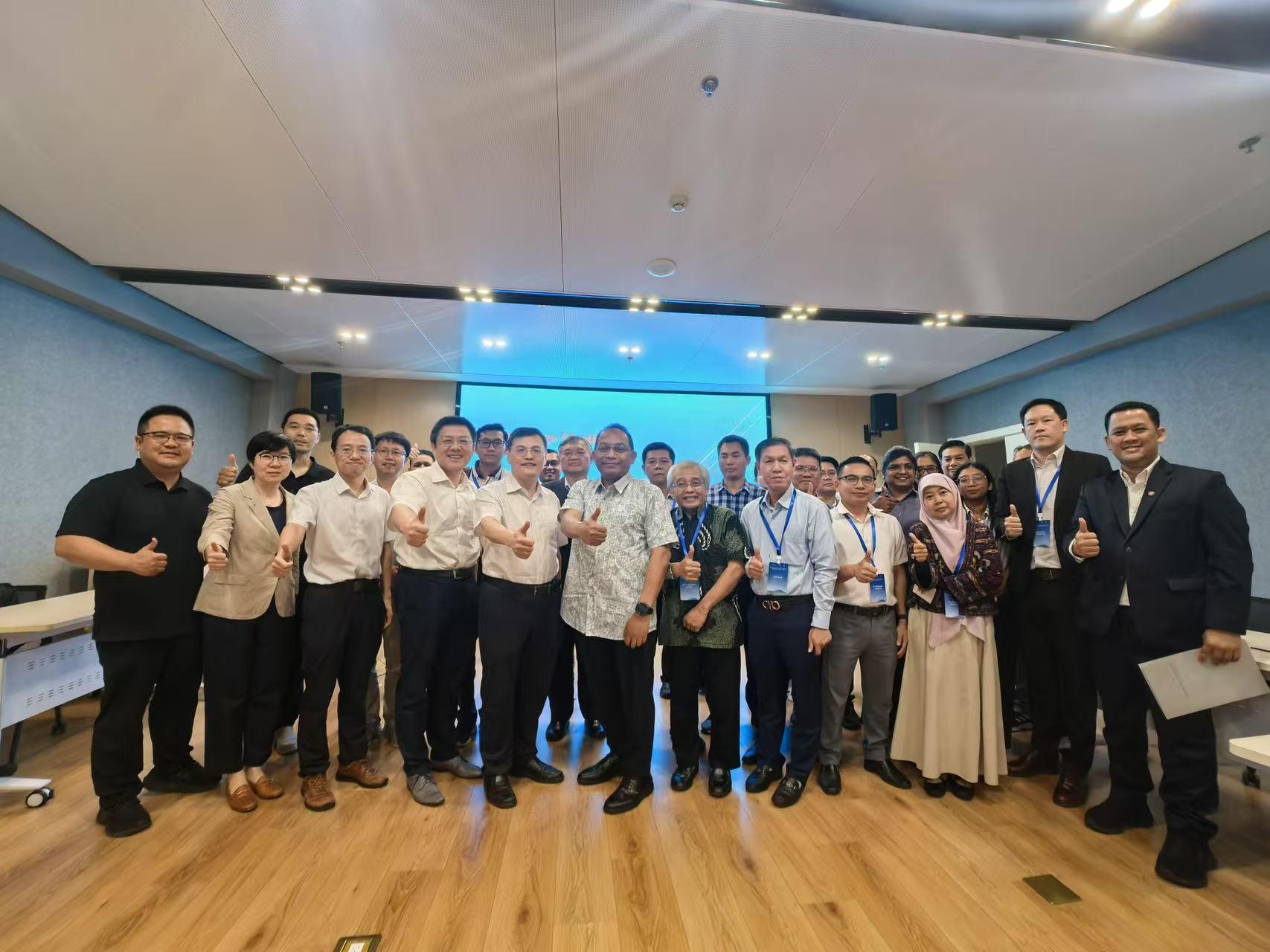
Photo 2. Visit to ERI NDRC.
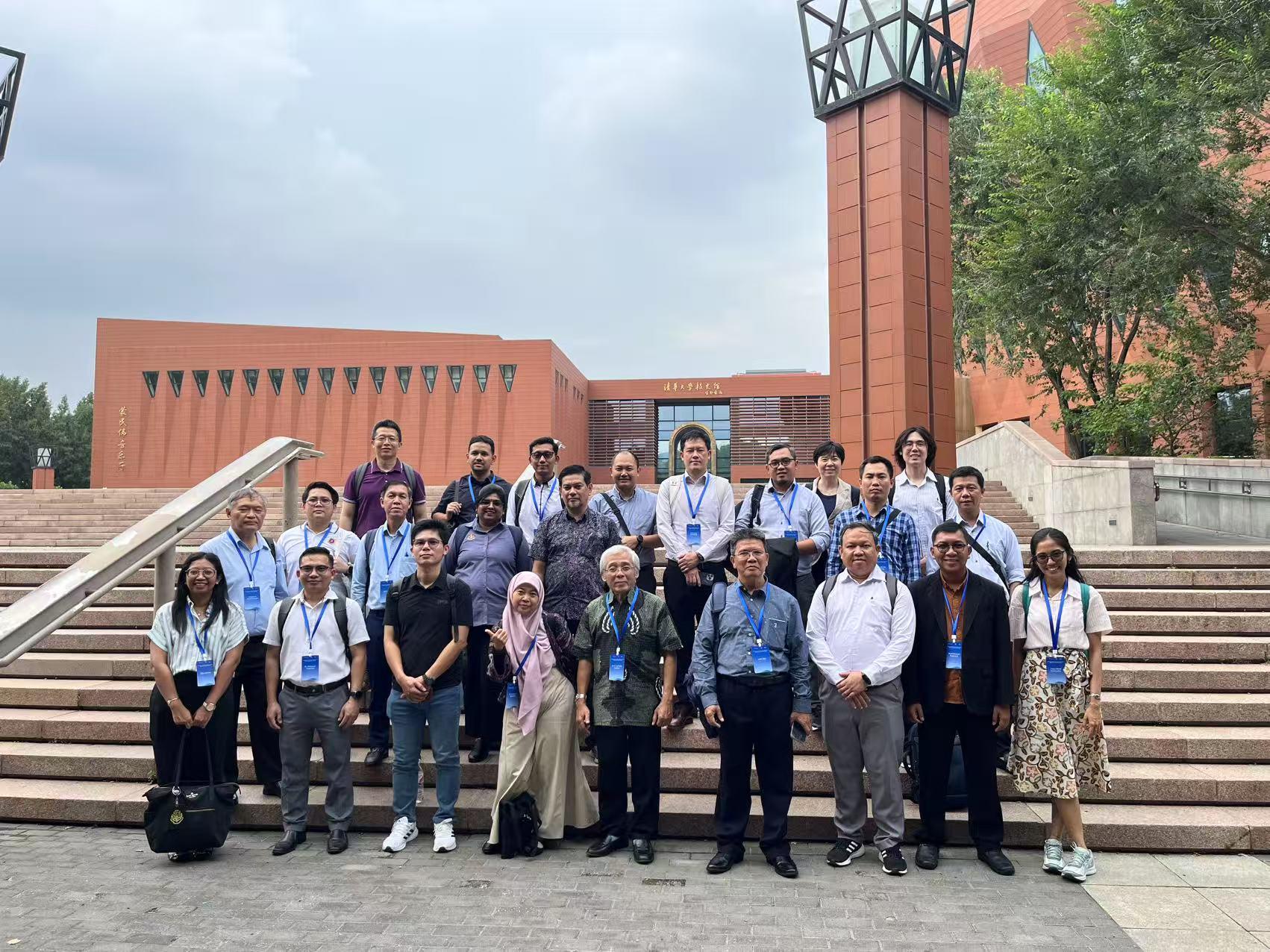
Photo 3. Visit to Tsinghua University
For the next two days, the participants were invited to the site visit activity. On 2 July 2025, they visited the NDRC’s ERI, a national research organisation which offers the policy and technical advisories on energy development strategies for the Chinese governments. The main discussion revolved around latest China’s energy transition outlook where China aims to increase international cooperation on renewable energy trade and will target 96% of its power generated from renewables by 2060. In turn, ACE shared ASEAN’s energy investment landscape. Following its decarbonisation plan, the investment required by ASEAN in 2050 ranged from USD 3.7 to 11.9 trillion. After that, the participants moved to the Energy Internet Research Institute at Tsinghua University. The university shared its work on energy digitalisation and new power systems, especially on the benefits of digital technologies to increase renewable penetration and efficiency, among others, and showcased its laboratories.
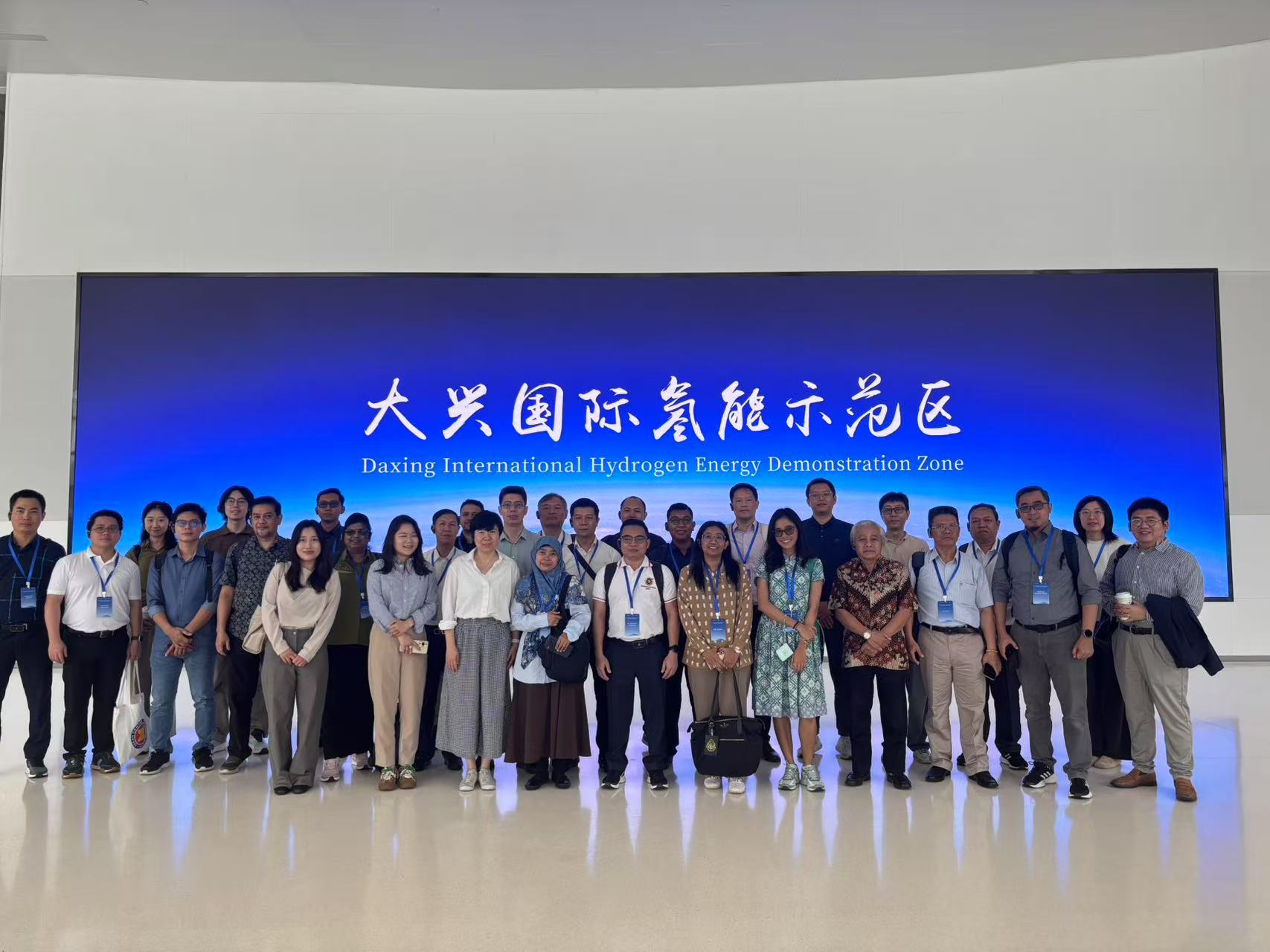
Photo 4. Visit to Daxing International Hydrogen Energy Demonstration Zone
On 3 July 2025, the participants visited several interesting sites. The first is Daxing International Hydrogen Energy Demonstration Zone, which is dedicated to creating globally leading scenes for the application of hydrogen technology and incubating tech firms in the hydrogen energy sector. After that, they visited Yizhuang Autonomous Driving Demonstration Zone, a key area for testing and developing autonomous vehicles. It was established in 2020 as the world’s first high-level autonomous driving demonstration zone and is expanding its area to cover 3,000 square kilometers. The last visit was to LONGi Green Energy Technology Co., Ltd. (LONGi for short) which is a solar technology company which focuses on technological innovation and endeavors to build its business in five areas: monocrystalline wafers, cells and modules, distributed generation solar solutions, utility plant system solutions, and hydrogen equipment solutions.

Photo 5. Visit to Yizhuang Autonomous Driving Demonstration Zone
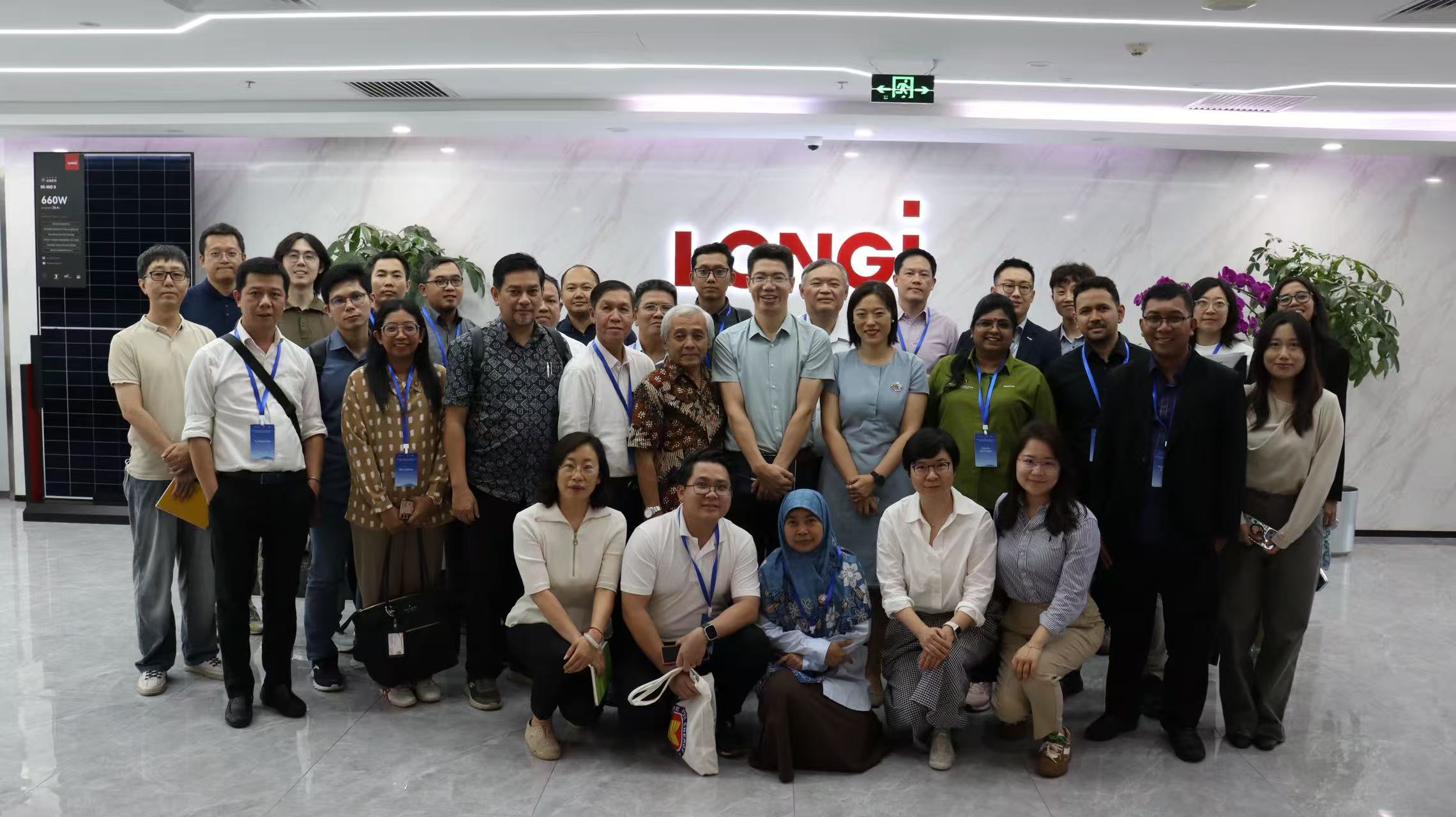
Photo 6. Visit to LONGi
These knowledge exchange activities are part of the development of the ASEAN Capacity Building Roadmap on Energy Investment and ASEAN Energy Investment 2025 reports. Access the previous issues of the report at https://aseanenergy.org/publications/asean-capacity-building-roadmap-on-energy-investment/ and https://aseanenergy.org/publications/asean-energy-investment-2024/.
